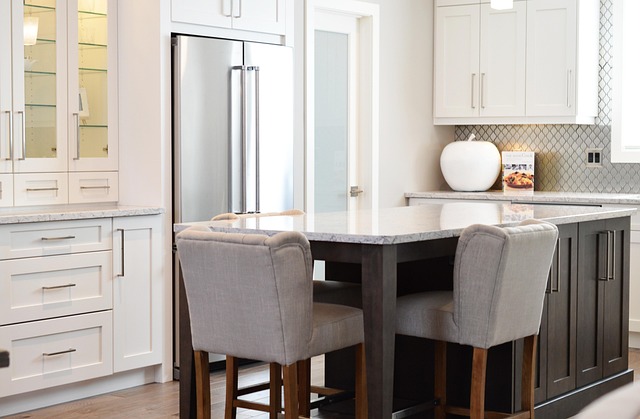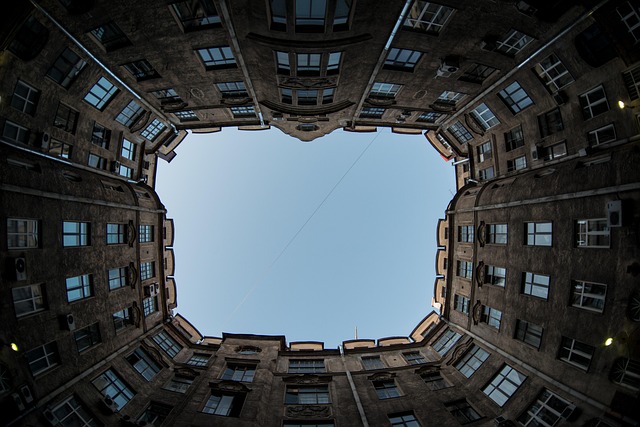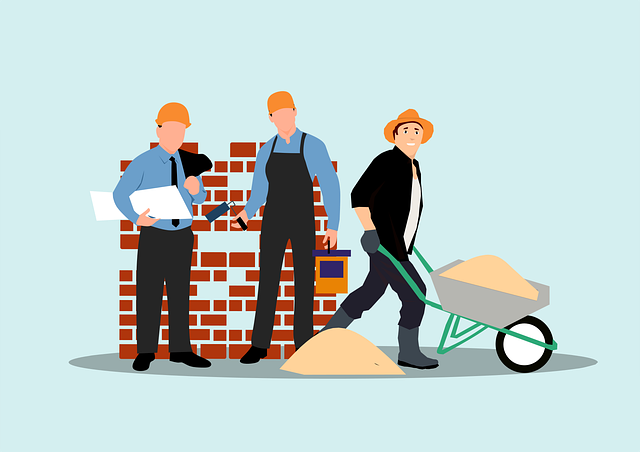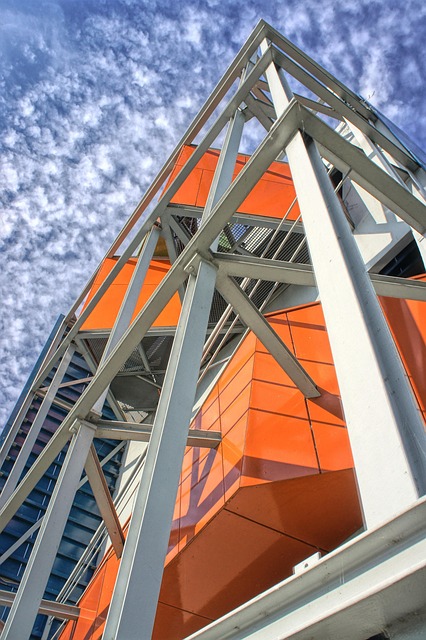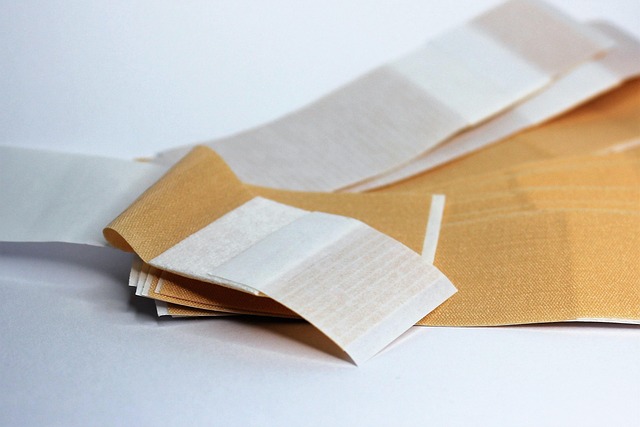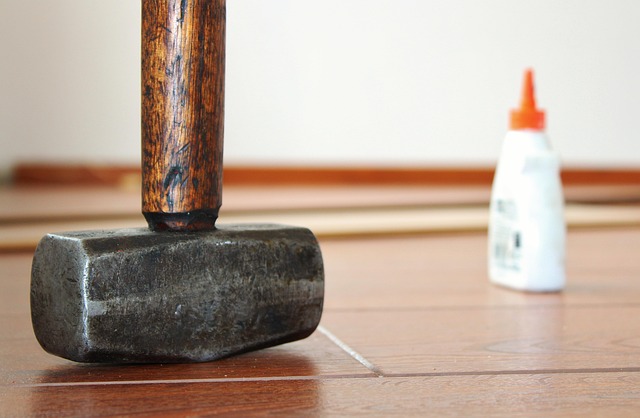Glue laminated (glulam) beams offer superior durability and strength compared to traditional timber due to precision layering and high-quality adhesives. Regular maintenance, proper installation, and moisture control maximize their longevity. Real-world testing and innovative manufacturing techniques further enhance glulam's performance in various applications like bridge construction and historic preservation. Future advancements aim to extend glulam lifespans through advanced gluing, smart materials, and structural health monitoring.
The durability of glue laminated beams (GLBs) is a key factor in their growing popularity as a sustainable construction material. This article delves into the factors contributing to GLB longevity, from understanding beam composition and production methods to advanced durability techniques. We explore real-world applications, maintenance tips, and future innovations aimed at further extending the lifespan of these cost-effective structural elements. Discover how enhancing GLB durability can benefit both builders and the environment.
- Understanding Glue Laminated Beam Durability
- Cost Factors in Beam Production and Longevity
- Enhanced Durability Techniques: A Comprehensive Look
- Real-World Examples: Long-Lasting Glue Laminated Beams
- Maintenance and Care for Extended Lifespan
- Future Trends: Innovating for Longer Lifespans
Understanding Glue Laminated Beam Durability
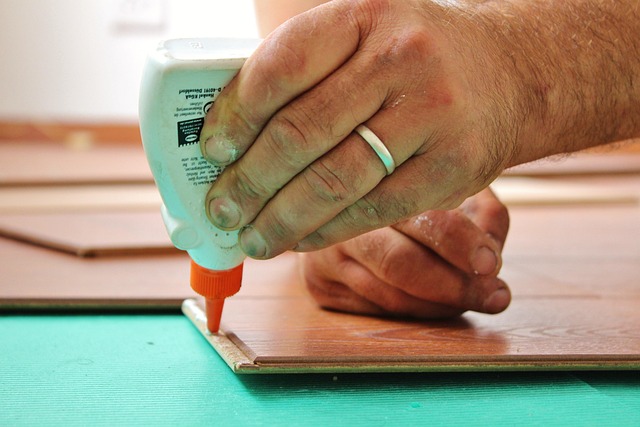
The durability of glue laminated beams (glulam) is a key consideration for any construction project. Glulam beams are engineered with precision, utilizing multiple layers of wood laminates bound together with strong adhesives. This construction method significantly enhances the structural integrity and longevity of the beams compared to traditional solid timber beams. The adhesive bonds in glulam beams can withstand immense pressure and stress, making them highly resistant to cracking or splitting over time.
Understanding the best practices for glulam beam installation is essential to maximizing their durability. Proper fixing techniques and regular maintenance are vital components of glulam beam care. By following recommended guidelines, such as using suitable fasteners and ensuring adequate support, construction professionals can mitigate potential issues like loose connections or misalignments. Additionally, addressing any problems promptly, such as repairing damage or replacing faulty components, will contribute to the overall longevity of glulam beams in various building applications, further confirming their cost-effective value proposition. To learn more about glulam beam installations and best practices, visit us at unalam.com.
Cost Factors in Beam Production and Longevity

The cost factors in producing glue laminated beams play a significant role in determining their durability and overall longevity. While the initial investment for manufacturing these beams may be higher compared to conventional timber options, the long-term benefits are substantial. The strength and stability of glulam beams result from the careful selection and bonding of multiple layers of high-quality timber, ensuring a superior product that can withstand various environmental conditions.
Durability of glue laminated beams is not solely dependent on their production methods but also on factors like moisture content, exposure to extreme temperatures, and regular maintenance. Regular inspections and proper care can significantly extend the lifespan of these beams, making them a cost-effective durable glulam solution. To test the strength and integrity of glulam beams, various non-destructive testing methods are available, allowing for early detection of any potential issues. If you’re considering long-lasting structural elements, give us a call at (607) 369-9341 to explore how our cost-effective durable glulam solutions can meet your project needs.
Enhanced Durability Techniques: A Comprehensive Look
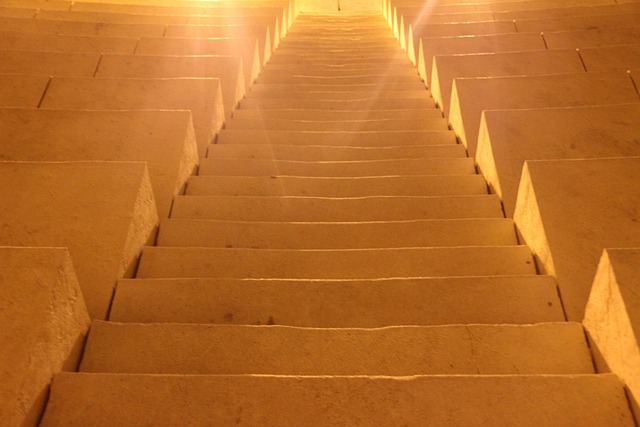
The durability of glue laminated beams (glulam) can be significantly enhanced through advanced techniques, making them an increasingly popular choice for various construction projects. One of the key aspects in improving the lifespan and performance of glulam beams is rigorous durability testing. These tests simulate real-world conditions, exposing the beams to elements like moisture, temperature fluctuations, and mechanical stress over extended periods. By subjecting glulam beams to such scenarios, manufacturers can ensure their structural integrity remains uncompromised even after years of use.
Several innovative methods are employed in enhancing the durability of glue laminated beams. For instance, improved gluing techniques, using high-quality adhesives, strengthen the bond between layers, making the beams more resistant to delamination. Additionally, advanced manufacturing processes involve precise control over moisture content and ambient conditions during production, minimizing the risk of shrinkage or warping that could compromise structural stability. The result is a superior product ready for diverse applications, such as those found in bridge construction, residential buildings, and even historic preservation projects, with a proven track record of longevity—a testament to the quality available at 18 Clifton St, Unadilla, NY 13849. Comparatively, glulam beams outperform traditional plywood in terms of strength-to-weight ratio and resistance to environmental factors, making them a sustainable choice for modern construction practices.
Real-World Examples: Long-Lasting Glue Laminated Beams

In real-world applications, glue laminated beams (glulams) have proven their exceptional durability and strength, making them a reliable choice for construction projects. These engineered wood beams are designed to withstand extreme loads and environmental conditions, ensuring longevity in both residential and commercial buildings. For instance, glulam bridges spanning vast distances have stood the test of time, with some structures dating back several decades, still intact and structurally sound.
A case study of a historic glulam structure reveals its remarkable performance. The beam, originally installed in a busy city center over 50 years ago, continues to support significant weight without any signs of failure. This longevity is attributed to the high-quality adhesives used and precise manufacturing processes that guarantee strength and durability of glulam. When it comes to comparing glulams with traditional engineered wood beams, the former often exceeds the latter in terms of load-bearing capacity and resistance to moisture absorption, making them a superior choice for cost-effective, long-lasting solutions. For those interested in understanding the strength of these beams, contact us at (607) 369-9341 for expert guidance on testing glulam beam strength and durability.
Maintenance and Care for Extended Lifespan
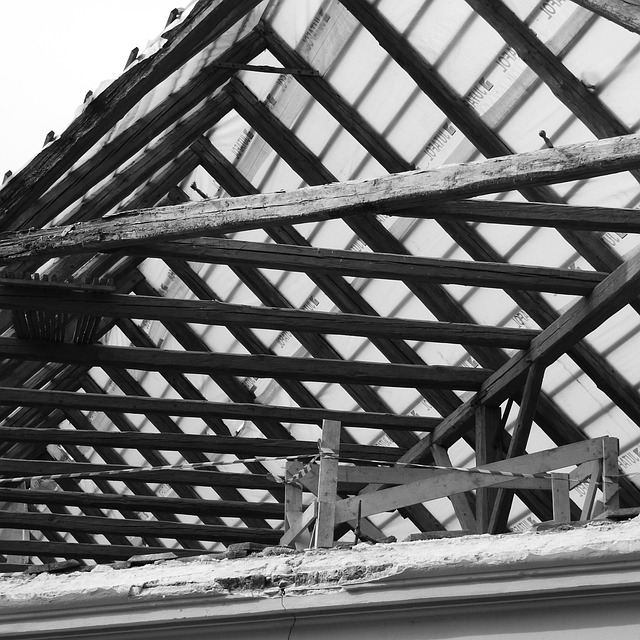
To maximize the durability of glue laminated beams (glulam) and ensure their extended lifespan, proper maintenance and care are paramount. Regular inspections should be conducted to identify any signs of damage or structural issues early on. This includes checking for cracks, rot, or other forms of degradation that could compromise the glulam beam’s integrity.
Proper care involves keeping these beams free from excessive moisture, as it can lead to rot or weaken the adhesive bonds. Regular cleaning and sealing can help maintain their protective coating and prevent environmental contaminants from accumulating. Additionally, supporting the beams with adequate footings and ensuring proper load distribution will contribute to their structural integrity. Visit us at 18 Clifton St, Unadilla, NY 13849 to learn more about glulam beam applications in residential buildings and how to preserve their quality over time. The manufacturing process, known for its precision, also plays a role in the beams’ overall durability.
Future Trends: Innovating for Longer Lifespans

The future of construction lies in embracing innovative techniques to enhance the durability of glue laminated beams (glulam). As the demand for longer-lasting, sustainable structures continues to grow, researchers and engineers are exploring new avenues to extend the lifespan of glulam products. One promising trend is the development of advanced gluing technologies, which aim to create stronger bonds, ensuring structural integrity over extended periods. By optimizing glue formulations and application methods, manufacturers can produce glulam beams with enhanced resistance to environmental factors, such as moisture and pests, thus delaying the need for replacement.
Additionally, the integration of smart materials and sensors into glulam structures is a game-changer in terms of maintenance and longevity. These technologies enable real-time monitoring of structural health, allowing professionals to predict potential issues before they become critical. For example, fiber optic sensors embedded within glulam beams can detect early signs of structural degradation, providing valuable data for when to replace glulam beams efficiently. This proactive approach to maintenance ensures that structural elements, like those found at 18 Clifton St, Unadilla, NY 13849, remain robust and reliable, contributing to the overall durability of glue laminated structural elements in diverse construction projects.
The durability of glue laminated beams, enhanced through innovative production techniques and thoughtful maintenance, offers a compelling solution for cost-effective long-term structural integrity. By understanding the interplay between cost factors, enhanced durability methods, and real-world application, we can confidently navigate the future of construction with glue laminated beams as a reliable and sustainable choice. As we explore emerging trends, the potential for even longer lifespans becomes within reach, ensuring a robust and efficient infrastructure for generations to come.


